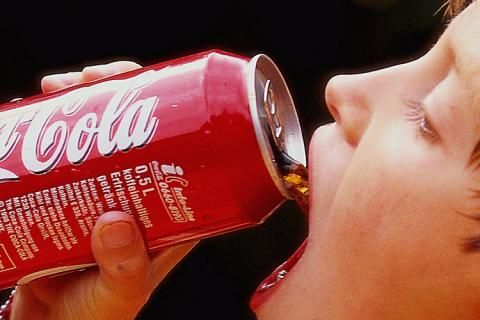Researchers used data from the National Health and Nutrition Examination Survey, a continuous examination of a large cross-section of the American population. The survey includes interviews, physical examinations and laboratory tests of blood and urine. For this study, published on Feb. 29, researchers interviewed subjects about their food consumption over the previous 24 hours.
The scientists measured all added sugars - spooned on at the table or used as ingredients in processed and prepared foods like bread, jam, candy and ice cream. Added sugars include white sugar, brown sugar, corn syrup, honey, molasses and others, but not sugars in fruit or pure fruit juice.
Boys got an average of 16.3 percent of their calories from added sugar, and girls 15.5 percent. The older the child, the greater the intake of sugar calories - the diets of 2- to 5-year-olds had less than 14 percent sugar, but boys 12 to 19 consumed 17.5 percent of their calories as added sugar, and adolescent girls, 16.6 percent.
Non-Hispanic whites consumed the largest percentage of calories from sugar and Mexican-Americans the smallest. Family income made no difference in sugar consumption.
The numbers reveal two facts that may contradict commonly held beliefs. First, young people got 60 percent of their sugar calories from foods, and only 40 percent from soft drinks. And second, whether it was from food or drink, they got most of their sugar at home, not at school or elsewhere.
Cynthia L. Ogden, the senior author and an epidemiologist with the Centers for Disease Control and Prevention, said that added sugars account for 27 percent of the calories in a chocolate chip cookie, 17 percent in a blueberry muffin, 42 percent in sugar-sweetened cereal and 91 percent in a can of cola. The C.D.C. recommends that no more than 5 to 15 percent of calories come from solid fats and added sugars.
"The important thing is reading food labels," Dr. Ogden said, "and looking at what you're consuming."
Comment: While Dr Ogden is correct that it is important to read labels, few children and teens are aware of the health consequences of a diet high in refined sugar. The following articles depict how easily one can become Addicted to Sugar:
Sugar Addiction is Real
A Spoon Full of Sugar.... Is Toxic?
The Health Detriments of Sugar Revealed
Is America Too Sweet On Sugar?




Reader Comments
to our Newsletter